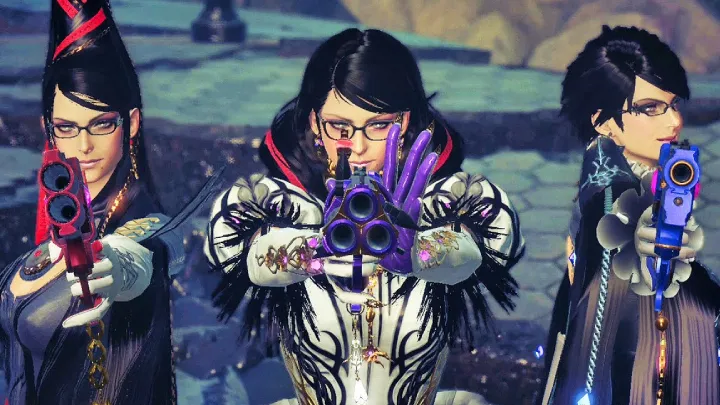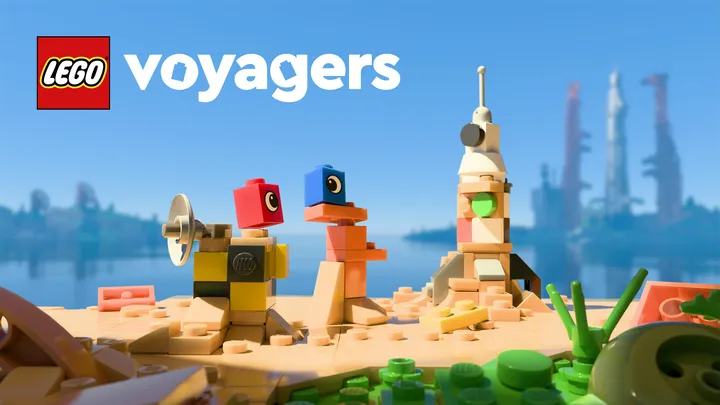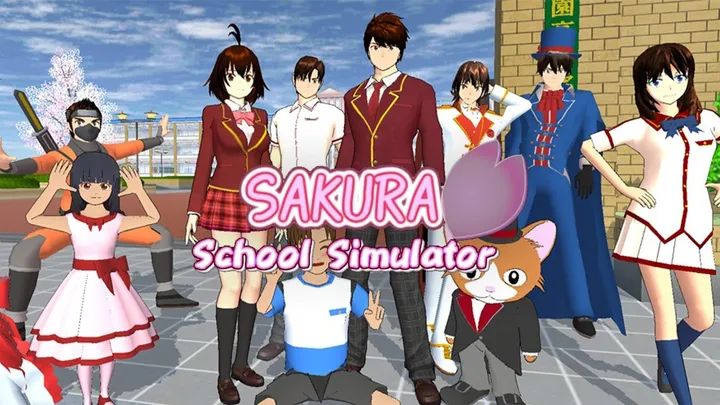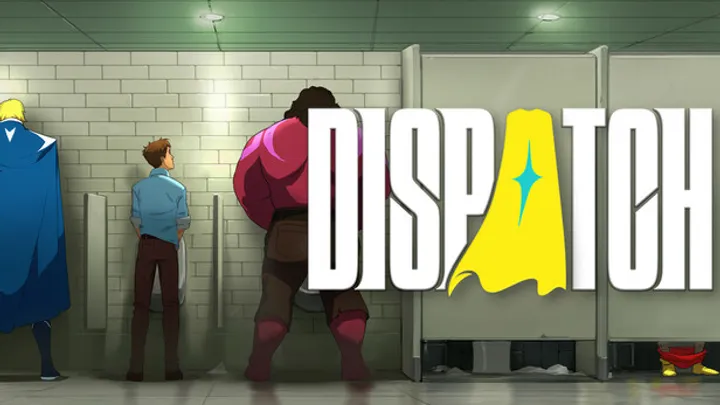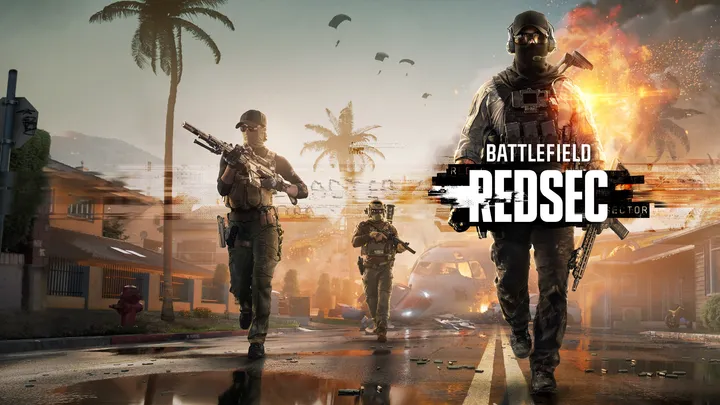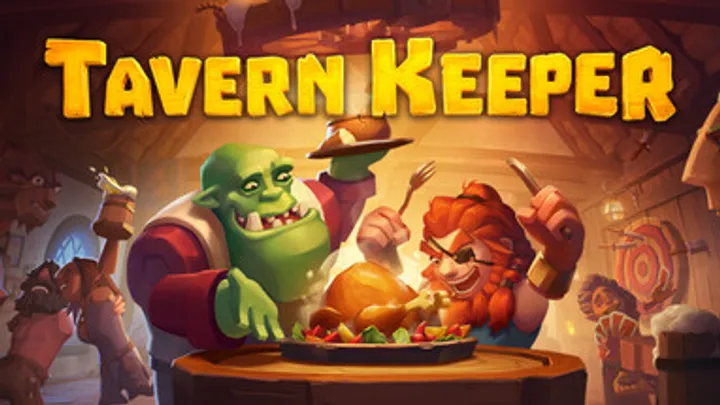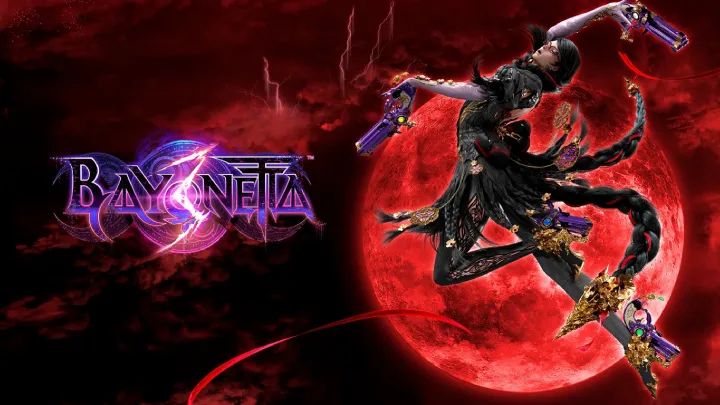
Introduction
Bayonetta 3 serves as a thrilling continuation of the beloved franchise, renowned for its stylish action and dynamic gameplay. It brings back the titular witch with an intricately woven narrative that expands upon the lore established in previous installments. However, a particular issue arises within the game: the balancing of intricate gameplay mechanics with its narrative coherence. While the action boasts depth and flair, the story’s convoluted elements can detract from the immersive experience for some players. This article explores the specific tension between gameplay and narrative in Bayonetta 3, analyzing how this balancing act impacts player engagement and perceptions of the game.
The Legacy of Bayonetta: A Foundation of Style
A Cult Favorite
First introduced in 2009, the Bayonetta series quickly garnered a cult following due to its unique blend of fast-paced gameplay, intricate combos, and an unapologetically bold aesthetic. The franchise has become synonymous with over-the-top action and quirky humor, attracting players looking for a fresh take on the hack-and-slash genre. Each title has pushed the boundaries of conventional storytelling through its narrative style, which combines abstract themes with a campy flair.
Establishing Gameplay Mechanics
Bayonetta 3, like its predecessors, showcases a vibrant combat system that allows players to chain together spectacular combos with fluid movements. The game introduces even more new mechanics, including the ability to summon powerful demons and utilize the powers of various other witches and characters. The depth of combat is matched by the complexity of enemy design, requiring players to learn patterns and adjust their strategies accordingly.
An Ambitious Sequel
As a sequel, Bayonetta 3 is tasked with not just meeting the high expectations set by prior games but also evolving the formula. Players expect innovative mechanics while still adhering to the core identity that defines the Bayonetta experience. However, this ambition leads to a significant challenge: how to maintain the engaging intensity of gameplay while presenting a coherent and compelling narrative.
Narrative Complexity: Weaving a Tangled Story
The Plot of Bayonetta 3
Bayonetta 3 continues the journey of its titular character as she faces threats from various entities across different dimensions. The narrative introduces a multiverse concept, allowing for a broader exploration of the Bayonetta lore. The progression takes players through fantastical realms filled with chaotic battles against celestial beings and strong foes, creating a high-stakes environment for epic confrontations.
Multiple Timelines and Characters
While the multiverse concept offers exciting opportunities for storytelling, it also introduces complexities that can blur the narrative's coherence. Players encounter various versions of familiar characters, leading to discrepancies that can confuse those less familiar with the series' lore. Important plot points are spread across these multiple realities, risking alienation for new players or casual fans.
Disjointed Storytelling
- Mixed Timelines: Characters appearing out of chronological order can lead to disorientation, forcing players to piece together the backstory.
- Lore Overload: The introduction of intricate lore risks overwhelming players who may not have engaged deeply with the previous games.
- Pacing Issues: The pacing of the narrative fluctuates, at times feeling rushed during critical moments or overly drawn out during less impactful scenes.
The Balance of Humor and Drama
Another layer of complexity arises from Bayonetta 3's mixture of humor and dramatic storytelling. While the series is known for its campy elements, the juxtaposition of comedic interludes with serious moments can feel jarring. This tonal inconsistency can detract from both character development and the overall narrative immersion.
Gameplay Mechanics: The Heart of the Experience
Combat System Evolution
The combat in Bayonetta 3 is incredibly dynamic, building on the previous titles' foundations. Players have access to a wide array of weapons and abilities, allowing for highly customizable playstyles. New mechanics, such as demon summoning and enhanced dodge maneuvers, introduce fresh strategies for defeating enemies, offering a depth that fans relish.
Learning Curves and Skill Gaps
However, with complexity comes the challenge of mastery. As players struggle to adjust to the new mechanics, especially with the addition of demon summoning, they may find that the game demands a level of skill and timing that could deter less experienced players. The learning curve is steep, and while the payoff can be rewarding, many newcomers may feel overwhelmed.
Combat Challenges
- Combo Complexity: Mastering the extensive combo system presents a struggle for newcomers aiming to engage fully with the experience.
- Timing Precision: Perfect timing is critical; players might find themselves frustrated during intense battles when timing isn’t perfected.
- Resource Management: The need to manage various abilities and resources can add a layer of pressure that detracts from enjoyment.
Feedback Loops: Player Engagement Through Combat
Successful action games often include feedback loops that reward players for their efforts. In Bayonetta 3, when players execute combos and dodge attacks, they receive tangible rewards, including increased power and special moves. This cycle encourages engagement and improves overall player enjoyment, making that initial learning curve worthwhile.
The Tension Between Exploration and Narrative
Level Design and Exploration
The level design in Bayonetta 3 promotes exploration through ornate environments and hidden pathways. Players are encouraged to interact with the surroundings, uncovering secrets, collectibles, and lore. This design encourages a sense of discovery that adds to the overall enjoyment of the game.
Distraction from Main Objectives
While exploration is exhilarating, it can also detract from the game’s narrative flow. Players may become so engrossed in side activities and hidden challenges that they lose sight of the primary plot. This dual focus can lead to pacing issues, where the narrative feels interrupted by the lure of exploration.
Area Complexity
- Layout Intricacies: Some levels can feel convoluted, requiring players to navigate distracting layouts that draw attention away from the central storyline.
- Difficulty of Uncovering Lore: Players may miss critical plot points hidden in sidetracked exploration, complicating their understanding of the narrative.
- Time Consumption: Time spent exploring could easily lead to inconsistent pacing when returning to the main story, affecting coherence.
Creating Cohesion
A potential solution lies in better integrating exploration with narrative flow. Streamlining level design to encourage exploration without sacrificing the pacing of the main plot could create a more cohesive experience. Consider embedding narrative elements within hidden areas and ensuring that essential plot points are discoverable during exploration.
Character Development: Balancing Depth and Accessibility
Bayonetta’s Growth
Bayonetta 3 provides deeper insight into the protagonist, expanding her character beyond her signature bravado and sarcasm. Through her interactions and the unfolding story, players witness her vulnerabilities and her evolution throughout the game.
Supporting Characters and their Roles
The game introduces new supporting characters, further expanding the Bayonetta universe. However, some players may find that the narrative rushes character development, particularly for new arrivals and alternate versions of familiar faces. Without sufficient backstory or connection to the main narrative, these characters can feel underdeveloped.
Challenges in Character Engagement
- Clarity of Relationships: The multilayered relationships often need clearer contextualization, especially for new players less familiar with the franchise.
- Focus on Bayonetta: While Bayonetta's character arc is rich, the rapid introduction of new characters often undermines their impact on the overarching story.
- Narrative Weight: With significant narrative elements interwoven, players may struggle to form connections with characters without clear motivations or development arcs.
Fostering Character Connectivity
To enhance character engagement, developers could delve deeper into each character's motivations and personal stories. Providing players with backstory snippets or interactions that reveal more about these characters could foster emotional connections, enriching the overall narrative experience.
Combat Difficulty: Tension or Deterrent?
Difficulty Levels for Diverse Audiences
The available difficulty settings in Bayonetta 3 aim to cater to players of varying skill levels. However, the division between these settings can also create a sense of imbalance. For those seeking a real challenge, the higher difficulties may frustrate even seasoned players if they struggle with specific mechanics or enemy designs.
Rewarding Mastery vs. Alienating Newcomers
While the potential rewards for mastering combat mechanics can be thrilling, some players report feeling alienated by the abilities required to conquer specific sections. As mechanics become more intricate, newer players may find levels tedious at the lower settings while simultaneously overwhelmed at higher settings.
Evaluating Difficulty Disparities
- Enemy Difficulty Scaling: Players on different levels report disparities in experience, with enemy tactics sometimes feeling unfairly punishing.
- Abilities and Combos: The complexity of combat can lead to frustration, with certain abilities only available at higher skill levels impacting gameplay.
- Inconsistent Reward Structures: Players may struggle to find an appropriate balance between effort and reward, leading to disengagement or feelings of inadequacy.
Streamlining Difficulty Options
Considering these disparities, developers could refine difficulty settings to offer smoother transitions or tiers that better match players' growing skill levels. Adding more nuanced scaling or adaptive challenges could maintain engagement while ensuring that players are not alienated by their difficulties.
Player Feedback: Community Engagement
Establishing Open Dialogues
The interaction between developers and the player community can significantly impact game development and player satisfaction. Capcom has a history of engaging with fans, gathering input post-launch to refine and improve their titles.
Utilizing Player Input
By incorporating player feedback, Capcom can address specific issues players face regarding gameplay difficulty, narrative coherence, and mechanics. This data is instrumental in shaping updates, patches, and improvement patches that reflect the community's desires.
Strengthening Community Connections
- Forums and Surveys: Facilitate online discussions or surveys to invite player perspectives directly, fostering a sense of belonging within the community.
- Regular Updates: Players appreciate timely updates addressing feedback pieces, showcasing developers’ active involvement and commitment to improvement.
- Engaging with Streamers: Connecting with popular content creators for promotion and feedback can amplify player voices in the community, providing insights.
Building a Community-Centric Environment
Encouraging open dialogues with fans will not only create a sense of loyalty but also facilitate a flourishing, vibrant community. Developers invested in ensuring their audience feels listened to will likely benefit from valuable insights, ultimately creating a better product and player experience.
Technical Performance: Maintaining Immersion
The Importance of Technical Stability
Smooth technical performance can enhance immersion significantly in high-octane action games like Bayonetta 3. Players expect seamless frame rates and stable graphics, particularly during intense combat scenarios where precision and timing are critical.
Technical Hiccups
Despite its eye-catching aesthetics, some players report technical problems, including frame drops and bugs. Such disruptions can detract from players' experiences, impacting enjoyment and performance during combat.
Common Technical Issues
- Frame Rate Drops: Frame rate inconsistencies during critical combat moments can lead to unfortunate missteps and player frustration.
- Bugs and Glitches: Encountering unforeseen glitches can interrupt gameplay flow, occasionally resulting in lost progress or more pressing inconveniences.
- Load Times: Extended loading times during transitions can disrupt immersion, particularly between stages when heightened expectations are in play.
Ensuring Technical Cohesion
Addressing technical issues through timely patches and updates will ultimately enhance the player experience. Developers should focus on optimizing performance, stabilizing graphics, and ensuring smooth transitions to maintain immersion within the thrilling world of Bayonetta 3.
Conclusion
Bayonetta 3 emerges as a remarkable continuation of the franchise, bringing fans exhilarating combat, immersive experiences, and a rich narrative. Yet, the balancing act between gameplay mechanics and narrative coherence remains a challenge.
While the title offers depth and complexity, it risks alienating players—whether newcomers struggling to adjust or veterans frustrated by challenges. To enhance the overall experience, Bayonetta 3 must prioritize clearer narratives, more intuitive gameplay, and effective community engagement. By addressing these issues, the game can ensure that players of all skill levels enjoy the ride, maximizing the potential for future entries in this beloved franchise.